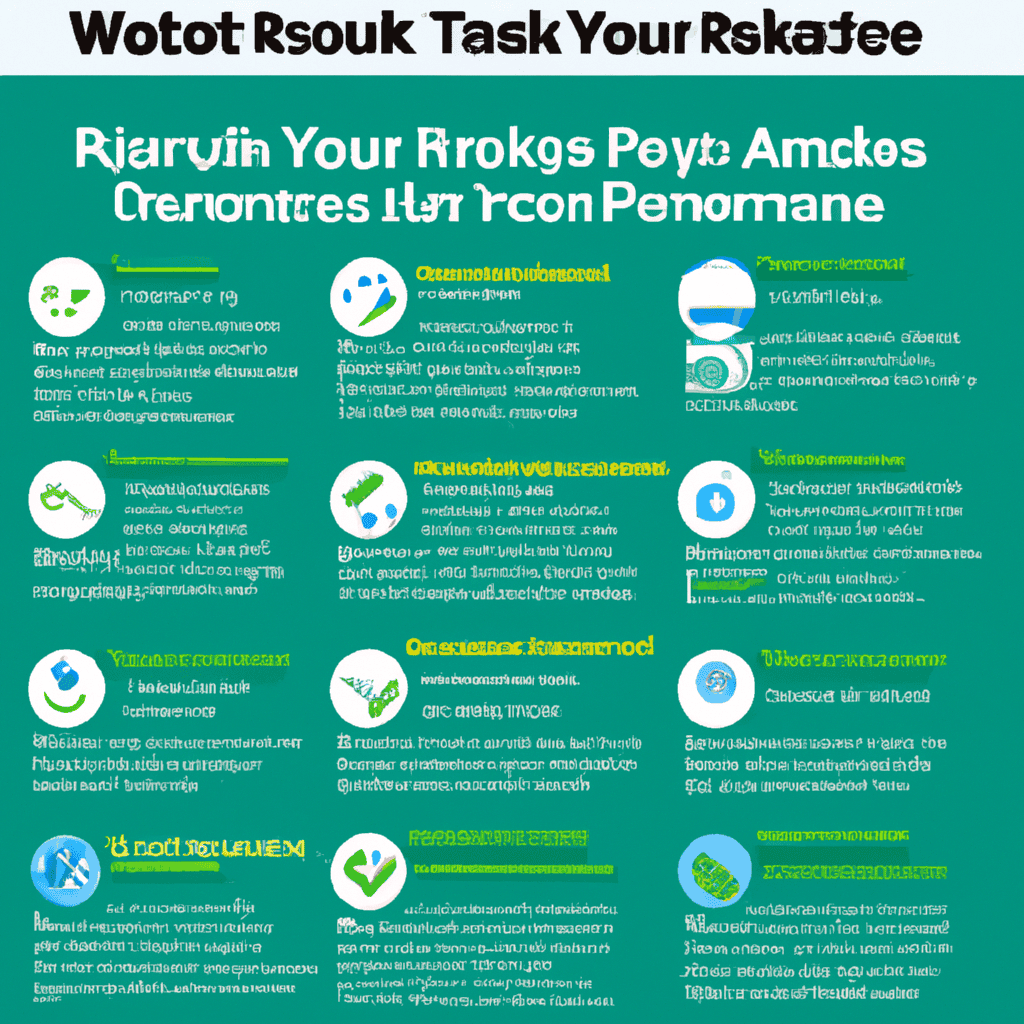
How to root android phone safely takes center stage, beckoning readers into a world of knowledge and ensuring an absorbing and original reading experience.
Rooting an Android phone can be a game-changer for users looking to customize their devices and access exclusive features. However, it’s crucial to understand the risks involved and take necessary precautions to ensure a safe rooting process.
Understanding Rooting
Rooting is the process of gaining full administrative control over an Android device. Users may want to root their phones to unlock additional features, customize the device, or install apps that require root access.
However, rooting comes with risks such as voiding warranties, security vulnerabilities, and the potential for bricking the device. It is important to root your Android phone safely to minimize these risks and ensure a smooth experience.
Benefits of Rooting
- Customization: Rooting allows users to customize the look and feel of their device, including themes, fonts, and animations.
- Performance Boost: With root access, users can overclock the CPU, optimize performance, and improve battery life.
- Remove Bloatware: Rooting enables users to uninstall pre-installed apps that cannot be removed on a regular device.
Benefits of Rooting
Rooting an Android phone comes with various advantages that can enhance the user experience and provide additional customization options.
Access to Exclusive Apps and Features
- Ability to install custom ROMs and kernels for enhanced performance and customization.
- Access to apps that require root access, such as Titanium Backup for complete data backup and restoration.
- Customization options like changing the device’s boot animation, system fonts, and more to personalize the device.
Risks and Precautions
When it comes to rooting an Android phone, there are certain risks involved that users should be aware of. It’s important to take precautionary measures to minimize these risks and ensure a smooth rooting process.
Potential Risks of Rooting an Android Phone:
- Voiding Warranty: Rooting your device may void the warranty provided by the manufacturer, leaving you with no official support in case of any issues.
- Bricking the Device: If not done correctly, rooting can lead to ‘bricking’ your phone, rendering it unusable and potentially irreparable.
- Security Risks: Rooting can expose your device to security vulnerabilities, making it more susceptible to malware and other threats.
- Software Instability: Rooting can sometimes cause software instability, leading to frequent crashes, freezes, or other performance issues.
Precautionary Measures Before Rooting:
- Research: Before rooting your device, make sure to research thoroughly and understand the process involved.
- Backup Data: It is crucial to backup all your important data, including contacts, photos, videos, and documents, to prevent loss during the rooting process.
- Check Compatibility: Ensure that your device is compatible with the rooting method you plan to use to avoid any compatibility issues.
- Charge Battery: Make sure your device has sufficient battery life before rooting to prevent any interruptions during the process.
How to Back Up Data Before Rooting:, How to root android phone safely
Backing up your data before rooting your Android phone is essential to prevent any loss of important information. Here’s how you can do it:
- Use the built-in backup feature on your device to save data to the cloud or an external storage device.
- Transfer files to your computer using a USB cable to create a manual backup of your data.
- Utilize third-party backup apps available on the Google Play Store to securely store your data.
Safe Rooting Methods
When it comes to rooting your Android device, safety should be a top priority. There are different methods available for rooting, each with varying levels of safety and reliability. It’s crucial to choose a method that is known for being safe and trustworthy to avoid any potential risks or issues.
Comparing Rooting Methods
- One popular and safe rooting method is using Magisk. Magisk is known for its reliability and safety in the rooting community.
- Another method is using TWRP (TeamWin Recovery Project) to flash custom ROMs and gain root access. While this method is safe when done correctly, it requires more technical knowledge.
Using Magisk for Rooting
Magisk is one of the most popular rooting tools due to its safety features and compatibility with various Android devices. Here is a step-by-step guide on how to use Magisk:
- Download the Magisk Manager APK from a trusted source.
- Install the Magisk Manager app on your device.
- Open the Magisk Manager app and tap on “Install” to start the rooting process.
- Follow the on-screen instructions to complete the rooting process.
- Reboot your device, and you should now have root access using Magisk.
Importance of Research and Trusted Sources
It is essential to research thoroughly and only use trusted sources when rooting your Android device. By using reputable tools and following reliable guides, you can minimize the risks associated with rooting and ensure a safe and successful process.
Final Conclusion
In conclusion, rooting your Android phone can open up a world of possibilities, but it’s essential to prioritize safety and research before taking the plunge. By following best practices and using trusted sources, you can enjoy the benefits of a rooted device without compromising security.
FAQ Compilation: How To Root Android Phone Safely
Is rooting my Android phone safe?
Rooting can pose risks if not done properly. It’s important to follow safety guidelines and use reputable sources.
Can I unroot my phone if needed?
Yes, you can typically unroot your phone by using specific apps or tools designed for that purpose.
Will rooting my phone void the warranty?
Rooting may void the warranty of your device, so it’s essential to consider this before proceeding.